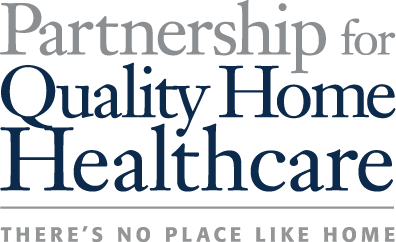April 5, 2023
The Partnership Urges Congress to Act on the Workforce Shortage
The Partnership for Quality Home Healthcare recently submitted comments to the U.S. Senate HELP Committee, proposing solutions for the healthcare workforce shortages.
In the letter, the Partnership outlined the constraints home health providers experience in attracting and retaining home health nurses, therapists and other caregivers that are needed to ensure high quality care delivered through the Medicare Home Health Program. The strain has dramatically affected quality and seamless access to home healthcare, as the hospital referral rejection rate for home health increased from 49% in 2020 to 71% in 2022 due to severe workforce shortages and other challenges.
This means fewer Medicare beneficiaries can access home health, and hospitals cannot smoothly and quickly transition patients to more appropriate care settings preferred by families, and that are less costly to Medicare and Medicaid.
As the pandemic worsened, a shortage of home health workers and the demand for in-home care services increased, and home care providers and industry groups are calling for collaboration with Congress to invest in worker recruitment, training, and retention.
The Partnership pressed Congress to explore public-private partnerships as a potential solution to the crisis while improving the quality of care and reducing costs. The letter highlights several proposed initiatives by state and local governments to incentivize private home-based care investment, including tax credits, grants, and workforce development programs.
In the letter, the Partnership said: “The bottom line is that the healthcare workforce shortage is worsening, and Congress needs to think creatively and widely about all possible solutions to address this crisis, including solutions that have been proposed at the state level and can and should be scaled up.”
Our letter identified four key policy efforts that could help to address the labor crisis:
- Resources to increase wages.
- Partnerships with educational institutions.
- Tuition assistance and loan forgiveness for educational advancement.
- Resources to address worker needs, such as transportation and child care costs.
Combined, these changes could help build a more sustainable home health workforce and ensure that older adults and people with disabilities can access the care they need.
To learn more about recent state actions to address the shortage, CLICK HERE.
To read the letter from the Partnership, CLICK HERE.
